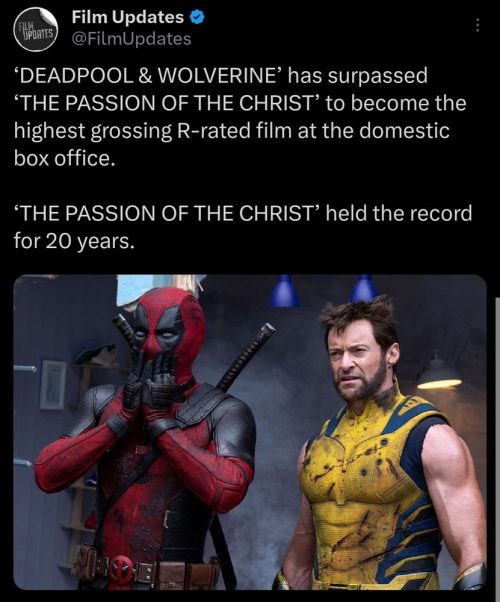Back in the olden days, you know, the 20th century, I had a favorite computer game: Hellcats Over the Pacific. It was a flight simulator that ran on 68020 Macs; it was a simple, fairly crude game that was smooth and fun for it’s time. Most importantly, you could fire it up and do a mission in 20 minutes or so.
It took up 59K of disk space. How many games can you say that about nowadays?
To my short-lived joy, there is a Mac simulator that allows anyone to play the game on their browser. Check it out. See what glorious computer graphics enthralled us in the 1990s.
Oh gosh. Such flat terrain, 8-bit color, blocky objects made up of what, 10 or 20 polygons?
I can’t do it. Not after playing No Man’s Sky. It was still a great game in 1991, though.








